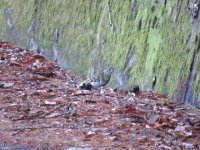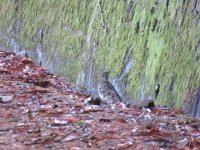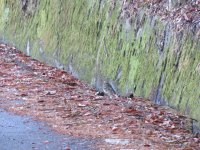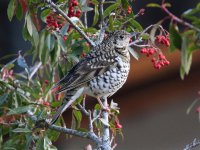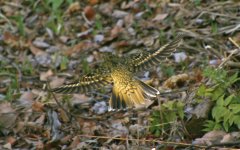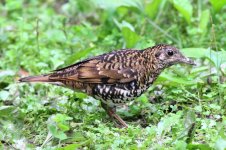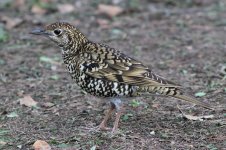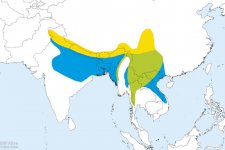It's not my map, it's the map of Handbook of Birds of the World, which I thought was a fairly authorative source of information about birds. And as you can see, this map shows Scaly nowhere near Taiwan - indeed several hundred kilometres away.
But I'd like to repeat the same point that I have made in all my posts in this thread: what are the visual features that make you able to distinguish these two supposed species? Nobody has replied to this; everyone has resorted to quoting authorities, as you do ('Chinese Wild Bird Federation') without stating any criteria that are supported by (supposedly) reliable organisations.
Why, for example, do you think the Chinese Wild Bird Federation is more authoritative than HBW? And if they are the local experts, why doesn't HBW recognise their work as authoritative?
As I said, Japanese books and authorities go the other way, and don't recognise any species-level split between White's, Scaly and Amami.





